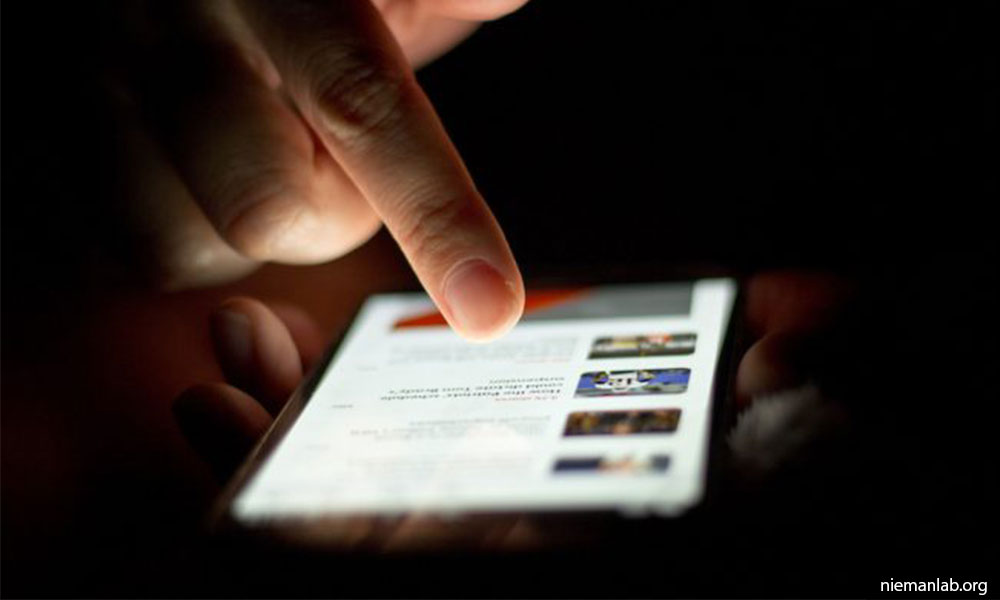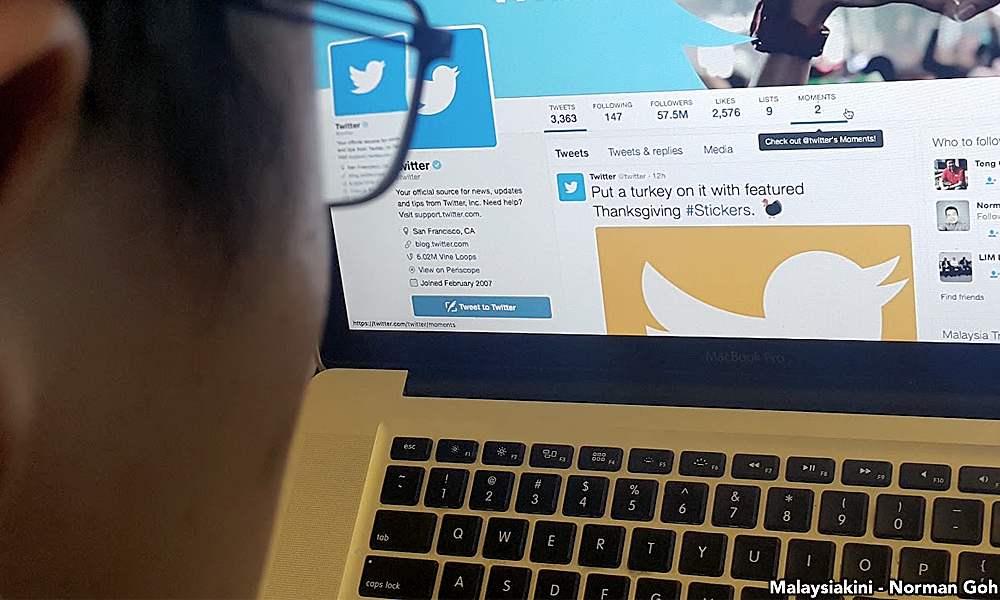
You skim the headlines. You see the photos. Then you read the news. But do you think about what you have read? Or how journalists decide what to write, and what to ask?
The fact is journalists know more than what they are able to write about to set the agenda. Due to space limitations, they highlight certain issues and underplay others. They seek reactions from sources – often returning to familiar contacts. You see this routine in the political stories.
But journalists are not infallible observers and interpreters. Their power to raise the quality of current public discourse is limited. Like us, journalists are swayed by their unspoken inclinations and inherent biases.
These are reinforced by the commercial/political affiliation and culture of the news organisation they work for. Hence, you see variations of emphases in the headlines, news content, news sources and editorial slants in the mainstream media and alternative news outlets.
From past government clampdowns on the media, our journalists have also learned to self-censor on the job. It, therefore, falls on media users to force the issues and do the extra legwork to arrive nearer to the ‘truth’.
Here, I draw from my experience as a media educator to list some guidelines on how to read the news and, with some intellectual effort, to get it right:
- First, ask who is saying what to whom and for what purpose. The journalist may not willfully deceive you or push an agenda. But sources do with their hidden motivations. Pressure of story deadlines, news conventions, editorial policies and expectations – all these do influence the journalist’s choice of sources, quotes and story angles.
- Be aware of slanted opinions dressed up with statistics and large data. The meanings of the data depend on who is counting, who funds the study, when the study was conducted, who are the subjects of the study, how the data are gathered and analysed. To know the context of the study is to know the limitations of the findings.
- Be aware of confirmation bias – yours and the journalist’s. We are more inclined to read what reinforces our opinions and claims to the ‘truth’. Google for quality articles related to what was reported for a deeper analysis of the issues. Objectivity in journalism is a myth, but fairness and accuracy is a must, which leads to my next point.

- Beware of ‘false balance’ in journalism. This is where the story attempts to strike a ‘balance’ by quoting opposing sources. False balance happens when incontrovertible scientific evidence about climate change or the benefits of childhood vaccination is ‘balanced’ against reactions from pseudoscience sources.
- Break the fake news chain. Be sceptical of what you read on social media. Times have changed. The margin of error is getting smaller each day, with contents generated and re-posted without much thought. Falsehoods go viral and get around further and faster than truths on social media, notes a recent Science journal paper. Resist the impulse to re-tweet before fact-checking the reliability of what you have read.
- Be aware of the us-versus-them codes in dog-whistle politics as we work towards the next general election. For instance, the fear-stoking racial rhetoric and counter personal attacks by candidates from both the ruling and opposition parties. Contextualise what the candidates say and impute today with what they said and did in the past.
- Diversify your choice of sources for news and information. Rely less on one publication. Balance your reading of short sensational reports with in-depth articles freely available online for context and analysis of the issues. This will help you avoid the misinformation and outright lies that news sources occasionally peddle, which journalists unthinkingly report.
- Differentiate between professional journalism and ideological blogging. Journalists are bound by the burden of proof, fairness and accuracy in facts and context. Bloggers are less bound by the same process.
- News sites upload bystander-captured video clips of deviant events – such as assaults and freak accidents - to primarily increase its hit-rates. Question to what extent can a 30-second video clip help you better understand the larger issue. Ask what you can do to instigate the journalist to dig deeper into the incident for concrete actions to be taken by the relevant authorities.
- Lastly, be your own truth seeker by being more selective of what you read and view. Instead of being one of the passive media users, take control of the news you read daily.
ERIC LOO is Senior Fellow (Journalism) at the School of the Arts, English & Media, Faculty of Law Humanities & Arts, University of Wollongong, Australia. He is also the founding editor of Asia Pacific Media Educator. -Mkini


No comments:
Post a Comment
Note: Only a member of this blog may post a comment.